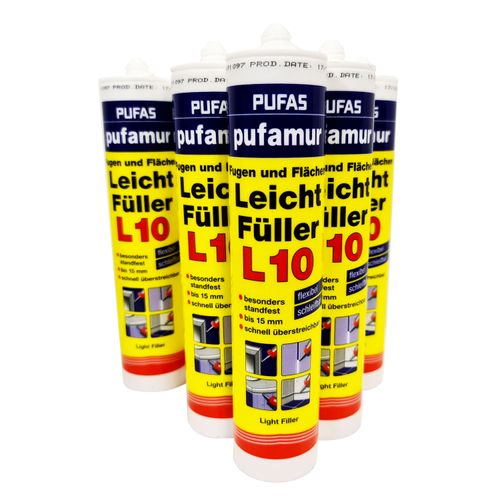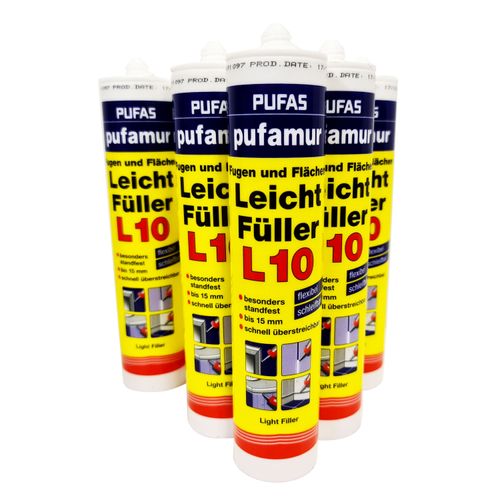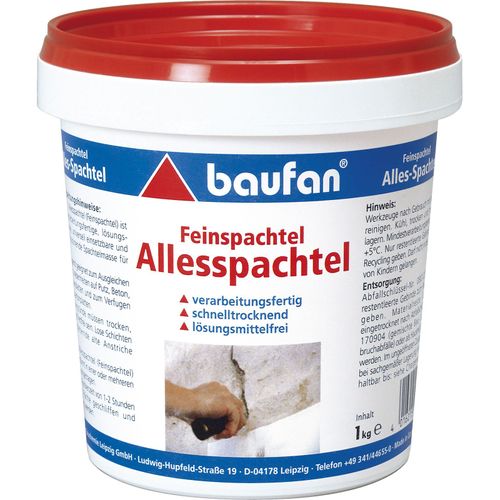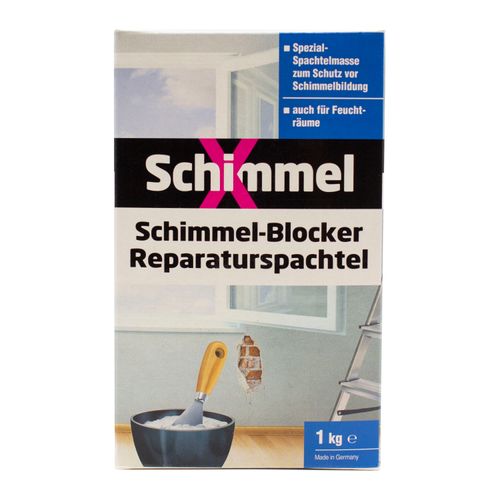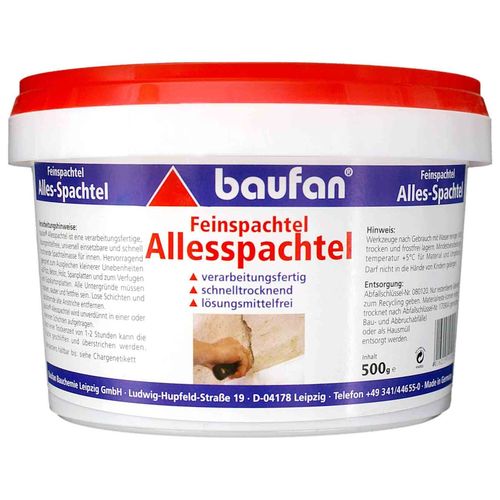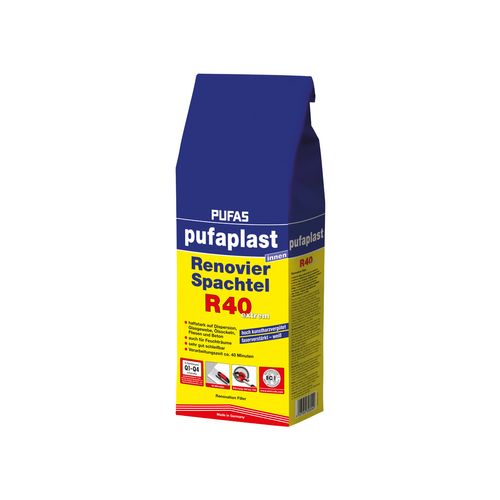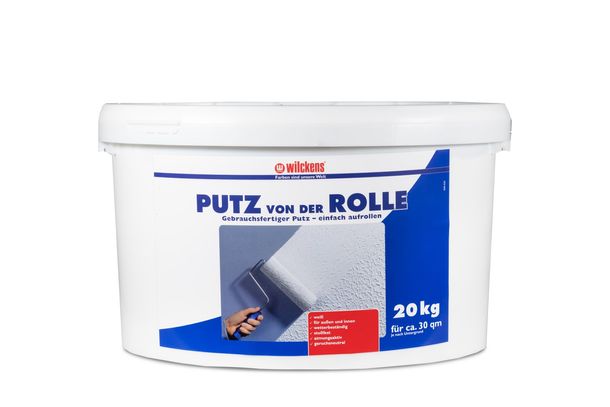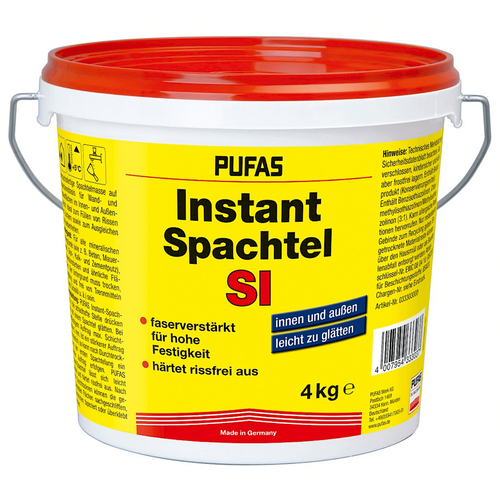Filler - the all-rounder among repair aids
Unsightly holes, cracks or unevenness in the wall: even minor damage affects the ambience of your home. The solution is simple, inexpensive and can be mastered by anyone, because there's nothing that putty can't do. But what types are there, how do they work and what should you look out for? We have the answers and explain which product is right for your project. Discover our wide selection of high-quality repair aids in our online shop now and beautify your home!
Levelling compound - an ingenious invention from France
Even in ancient Rome and the Middle Ages, people were repairing cracks and holes in their walls with a wide variety of products. In 1938, the French company Toupret invented a ready-to-use and directly applicable mixture. Since then, the filler has continued to develop and has become a real all-rounder. There is a repair aid for every situation, whether indoors or outdoors. Application is easier than ever before.
But what exactly is levelling compound? The paste-like mixture consists of three basic ingredients: Plaster, cement and synthetic resin. It is available for self-mixing or ready for direct application, the so-called ready-mixed levelling filler. A distinction is also made between stable levelling filler, which are used to repair and fill cracks, damaged areas and holes, and smoothing filler for smoothing and levelling surfaces.
Which levelling compound is suitable for which project?
There are three main types of levelling compound that you can find in our online shop.
The synthetic resin-bondedlevelling filler is used as follows:
- both indoors and outdoors
- for wood, mineral substrates and metal
- not only for major damage, but also for smaller and very fine cracks
The gypsum-based levelling filler is considered the
- Best choice for indoor use
- Suitable for all materials
- Ideal for avoiding discolouration during wallpapering work
The cement-bound levelling filler is convincing as:
- best choice for damp rooms
- Particularly suitable for outdoor areas
- Ideal for floors
What do I need to consider when applying levelling compound?
Firstly, choose the right product. All-purpose putty, for example the fine putty from Baufan, is an all-rounder that is also suitable for larger repairs. Fine putties and repair putties are usually ready-to-use putties for smaller areas such as dowel holes and cracks. This also includes the ready-to-use joint filler. Repair putties with mould blocker are for small damaged areas in damp environments, for example around windows and in bathrooms. The Baufan interior filler comes in powder form on a natural basis and is the best choice for anyone who has a large area to repair and also needs a high filling power and adhesive strength.
Always ensure good ventilation during processing and application of the levelling compound. If necessary, mix the compound according to the quantity instructions. Protect the surrounding area with a sheet of painter's fleece or similar. Avoid direct skin contact with the levelling compound and use a suitable spatula. Apply the levelling compound with little pressure, fill cracks or holes, smooth the surface and allow the material to dry. In most cases, sanding can be carried out as required once the levelling compound has hardened. The areas or surfaces can then be painted with wall paint.
Discover levelling compound and much more at OREX.de
As an OREX customer, you benefit not only from a large selection of different renovation accessories and painting supplies, but also from competent customer support. If you have any questions about our products or your order process, you can send us a message using our digital contact form. We will endeavour to answer your request as quickly as possible. In the meantime, take a look at our FAQ & Help section, where you will find answers to questions that may also be of interest to you.
Order low-cost levelling compound and much more from our online shop now and get started on your home project!



